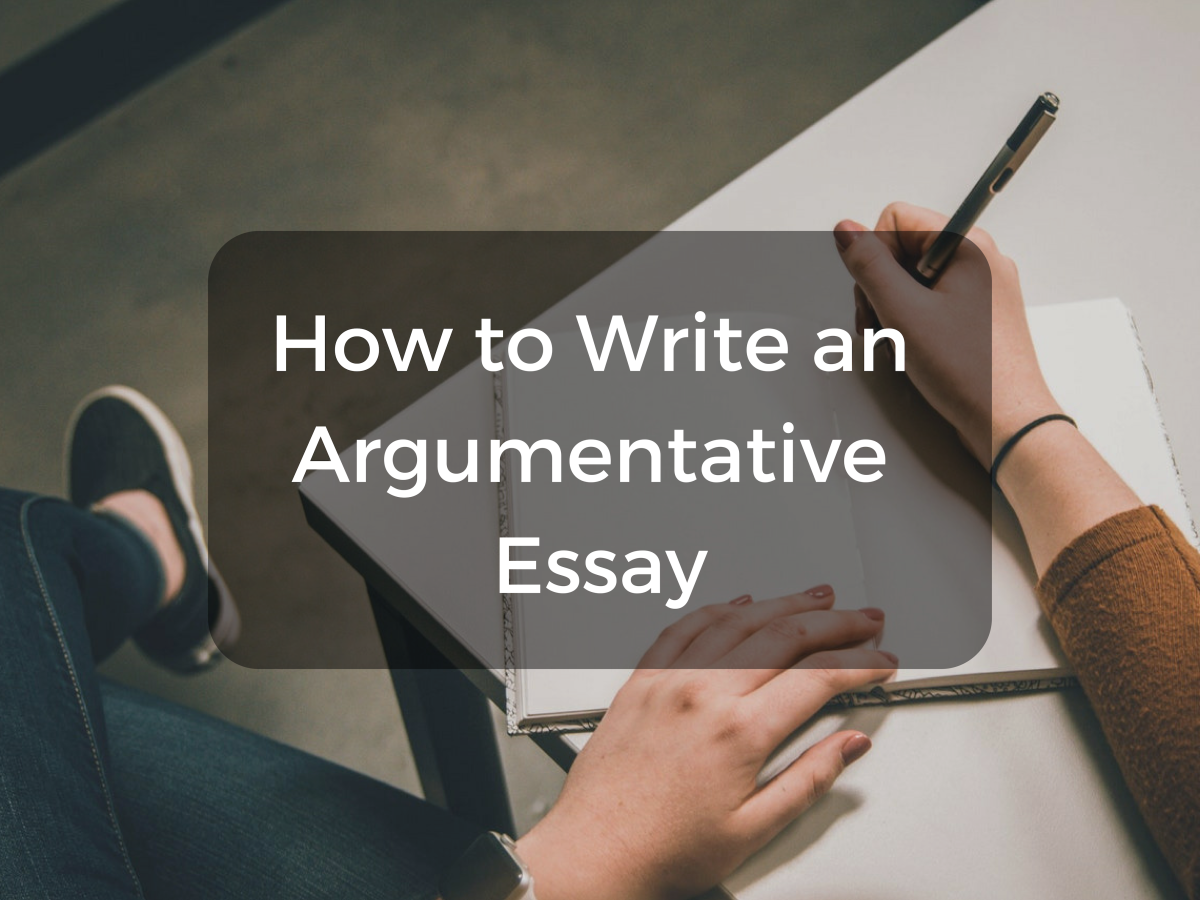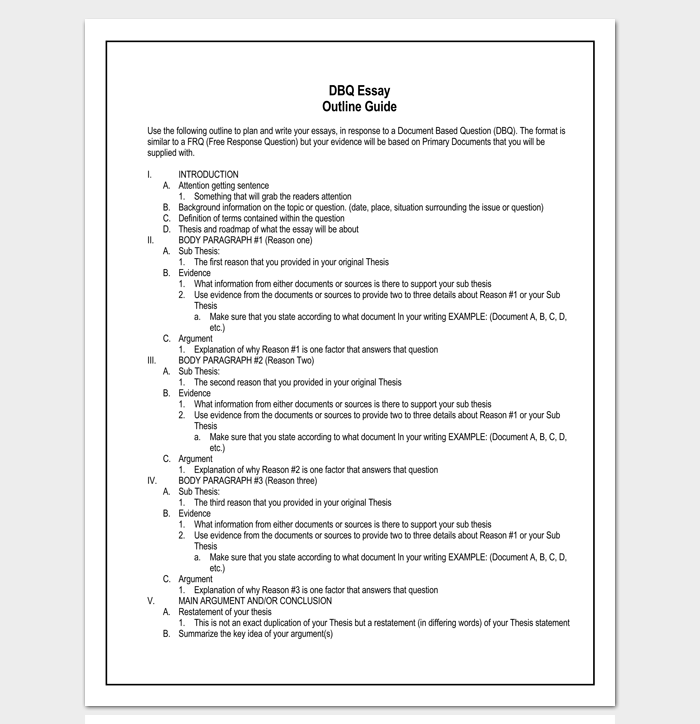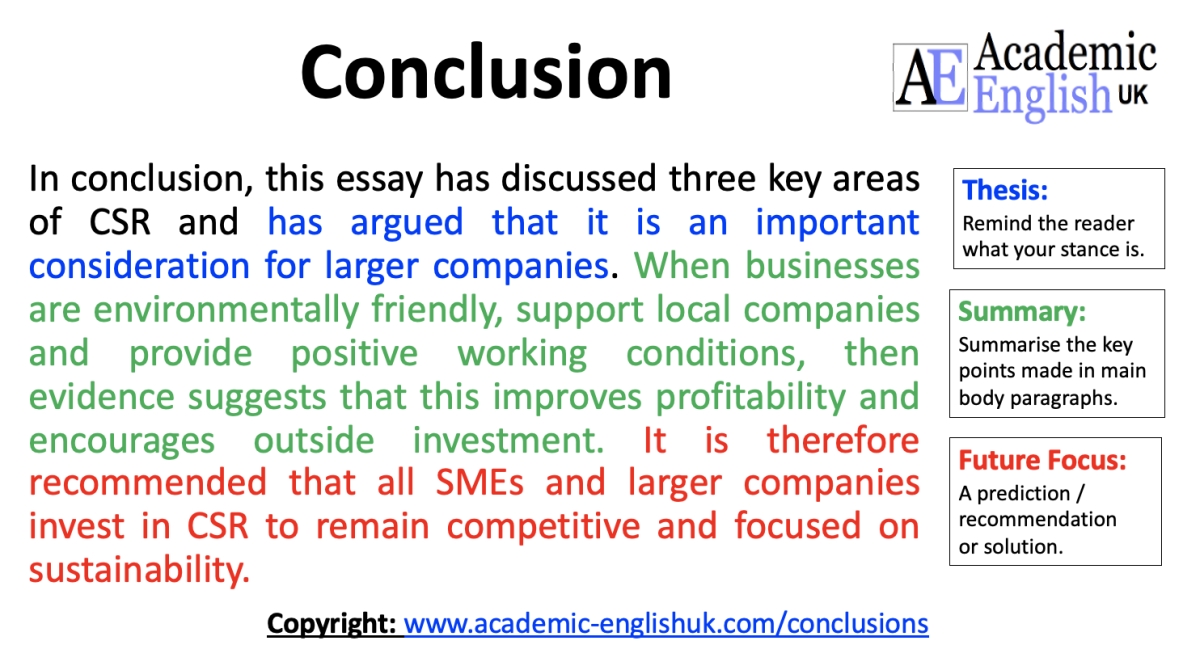Before you can begin writing your thematic essay, you need to figure out what the central theme of your text is. There are some tips for doing that and we will also discuss the literary devices that are used to create a thematic essay. In this article, you will learn how to find the central theme of a text, what the characteristics of a good thematic essay are, and how to find an example of a thematic essay.
Structure of a thematic essay
The body of a thematic essay consists of three main elements. The hook is the first statement that grabs the reader’s attention and gives him a reason to read the essay. The second element is the background information, which gives readers the background necessary to understand the thesis statement. Finally, the thesis statement is the last item in the introductory paragraph. The following tips will help you select a central theme for your essay.
The first paragraph should include the main subject of your thematic essay. It should include a heading, overall purpose of the paper, thesis statement, and sold argument. The introduction should not exceed ten percent of the overall word count. It should give readers an idea about the central theme of the essay, as well as how well the writer knows the subject. After this, the rest of the essay should follow the same structure. However, it is important to remember that a strong introduction will grab the reader’s attention.
Characteristics of a good thematic essay
Thematic essays are usually response essays to a given theme or question. Most thematic essays have a single central theme, such as World War II ending the U.S.’s policy of isolationism. To create an effective thematic essay, you need to do thorough research about the topic. Creating an outline is a helpful tool for thematic essay writing. An outline will allow you to organize your ideas and make them more appealing to your reader.
An effective thematic essay follows a rigid structure and adheres to the guidelines for proper formatting. Each paragraph should include an author’s name and a literary device, such as quotations or examples. When writing about a book, the easiest way to strengthen your claims is to insert examples from the book. You can also use quotes or actions relevant to the theme to strengthen your claims. While these literary devices are important to any essay, you must ensure that each paragraph and body paragraph have the appropriate citations.
Finding the central theme of a text
When you read a text, you’re looking for a main idea or central message. A central idea can be anything the author is trying to get across, whether to entertain, inform, or persuade. It can also have a relationship to supporting ideas. To find the central theme, you’ll need to examine the entire text. Here’s an example. The story of Cinderella, for example, has a central theme: “Cinderella wanted to go to the ball,” but her evil stepmother wouldn’t let her. She eventually met Prince Charming and went to the ball. And, of course, the main theme is a moral or lesson. While the main idea is often a single sentence, the theme may be a longer statement.
If a text contains many main ideas, you may have difficulty finding the central theme. The key is to ask yourself: “What do I want to know from this text?” Then, circle or underline these keywords to form a statement that describes what the author is trying to say. Then, use this main idea statement to guide your own reading. Often, it’s not as difficult as you might think.
Examples of literary devices used in a thematic essay
There are many types of literary devices that writers use. Each one has its own purpose and can enhance a piece of writing. Here are some examples of literary devices that writers often use in thematic essays. Anachronisms: These errors in chronological order are intentionally or unintentionally placed in the text to add interest or drama to the piece. For instance, vampires turning into bats is an example of a literary device called zoomorphism.
Metaphors: Metaphors and similes are two common literary devices. Both describe the same thing by making comparisons between two objects or ideas. A good metaphor will make a reader feel as though the two objects are related. Metaphors and similes can also emphasize a thesis. To use a metaphor, think about how A.A. Milne used anthropomorphic qualities to the toy animals in his Winnie-the-Pooh stories.
Grading criteria for a thematic essay
A thematic essay is an academic writing assignment that is associated with social issues of various periods of human civilization. Its topic is typically a book, and students can use a literature piece to discuss the main idea. Its grading criteria will be dependent on its theme, as well as the style of thematic essay. The main criteria for a thematic essay include the author’s style, clarity of writing, and adherence to APA and MLA formatting guidelines.
The body paragraphs of a thematic essay should follow strict formatting guidelines. Each paragraph should represent a literary device, like quotations or evidence. Authors should cite trustworthy sources to support their arguments. Analyzing the work will help the reader verify their claims. The conclusion should summarize the main points of the body paragraphs and encourage the audience to perform further research on the subject. However, the main points of a thematic essay should be firmly rooted in the theme.




